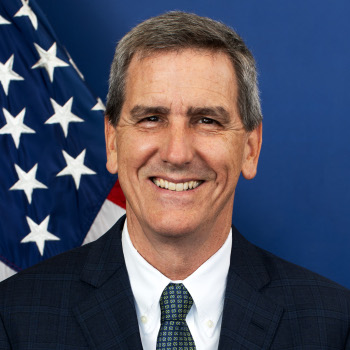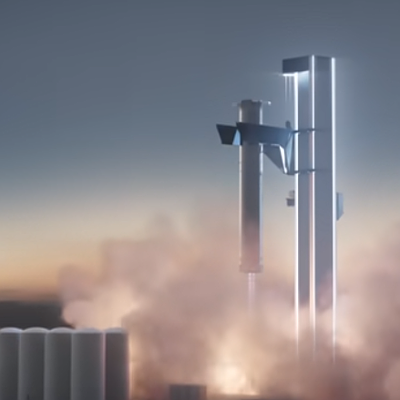FAA approves revised launch rate for Boca Chica; schedules public meetings
The FAA today announced that it has issued a revised draft environmental assessment [pdf] of SpaceX’s operations at Boca Chica in which the agency approves the company’s request to increase its Starship/Superheavy launch rate from 5 to 25 launches per year.
This does not mean that SpaceX can now launch that many times in 2025. The draft still has to go through more red tape, including public meetings and a comment period, then reviewed again by the FAA. In this announcement the FAA rescheduled those public meetings, as follows:
- Tuesday, January 7, 2025; 1:00 PM–3:00 PM & 5:30 PM–7:30 PM CDT at the Texas Southmost College, Jacob Brown Auditorium, 600 International Boulevard, Brownsville, TX 78520
- Thursday, January 9, 2025; 1:00 PM–3:00 PM & 5:30 PM–7:30 PM CDT at the Port Isabel Event & Cultural Center, Queen Isabella Room, 309 E Railroad Avenue, Port Isabel, TX 78578
- Virtually on Monday, January 13, 2025; 5:30 PM–7:30 PM CDT. Registration Link: https://us02web.zoom.us/webinar/register/WN_6f5su5mtTne_vBr8MqJOLA
Dial-in phone number: 888-788-0099 (Toll Free),
Webinar ID: 879 9253 6128, Passcode: 900729
I strongly suggest that local businesses and citizens in the Brownsville area organize to show up en masse at these meetings to express their approval of SpaceX, because I can guarantee that the fringe anti-Musk activists groups SaveRGV, Sierra Club, the Friends of Wildlife Corridor, and the fake Indian Carrizo/Comecrudo Nation of Texas (which never existed in Texas) are organizing to be there to demand SpaceX be shut down.
The FAA today announced that it has issued a revised draft environmental assessment [pdf] of SpaceX’s operations at Boca Chica in which the agency approves the company’s request to increase its Starship/Superheavy launch rate from 5 to 25 launches per year.
This does not mean that SpaceX can now launch that many times in 2025. The draft still has to go through more red tape, including public meetings and a comment period, then reviewed again by the FAA. In this announcement the FAA rescheduled those public meetings, as follows:
- Tuesday, January 7, 2025; 1:00 PM–3:00 PM & 5:30 PM–7:30 PM CDT at the Texas Southmost College, Jacob Brown Auditorium, 600 International Boulevard, Brownsville, TX 78520
- Thursday, January 9, 2025; 1:00 PM–3:00 PM & 5:30 PM–7:30 PM CDT at the Port Isabel Event & Cultural Center, Queen Isabella Room, 309 E Railroad Avenue, Port Isabel, TX 78578
- Virtually on Monday, January 13, 2025; 5:30 PM–7:30 PM CDT. Registration Link: https://us02web.zoom.us/webinar/register/WN_6f5su5mtTne_vBr8MqJOLA
Dial-in phone number: 888-788-0099 (Toll Free),
Webinar ID: 879 9253 6128, Passcode: 900729
I strongly suggest that local businesses and citizens in the Brownsville area organize to show up en masse at these meetings to express their approval of SpaceX, because I can guarantee that the fringe anti-Musk activists groups SaveRGV, Sierra Club, the Friends of Wildlife Corridor, and the fake Indian Carrizo/Comecrudo Nation of Texas (which never existed in Texas) are organizing to be there to demand SpaceX be shut down.




